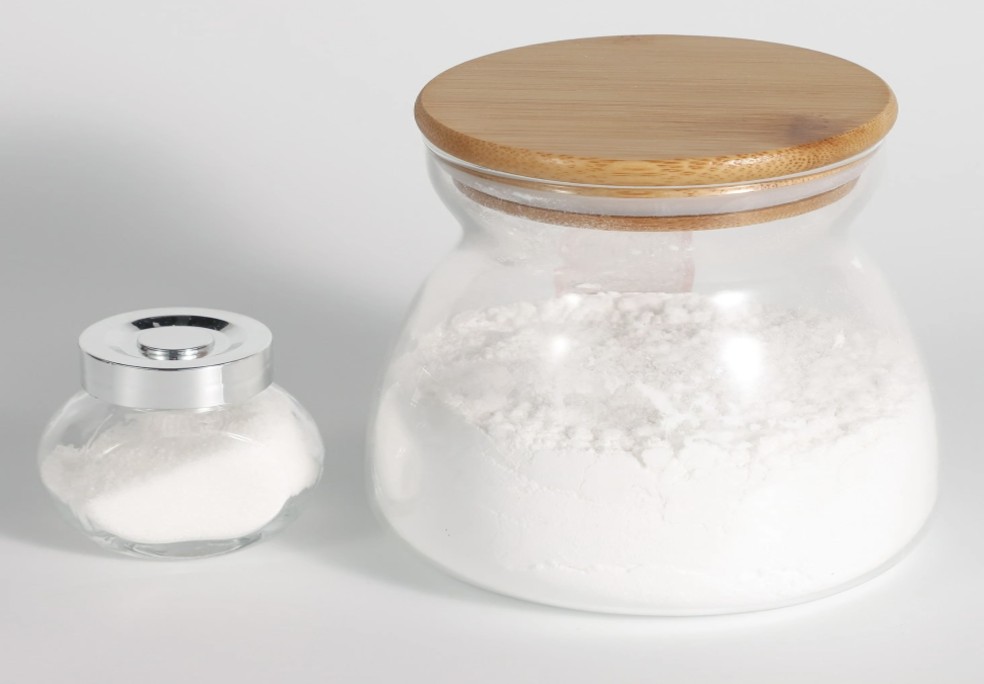Name: Ethynyl Estradiol
CAS: 57-63-6
MF: C20H24O2
MW: 296.4
EINECS: 200-342-2
Product Categories: Alcohols and Derivatives;Steroids;Acetylenes;Biochemistry;Functionalized Acetylenes;Hydroxysteroids;Intermediates & Fine Chemicals;Metabolites & Impurities;Pharmaceuticals;progestogen estrogen;ESTINYL;Hormone Drugs;Inhibitors
Mol File: 57-63-6.mol
Ethinylestradiol is a man-made form of the naturally occurring female hormone called oestrogen. It is prescribed to treat period (menstrual) problems, and also to help ease menopausal symptoms. It is usually prescribed alongside another female hormone called a progestogen.
Ethinyl estradiol also sometimes written as ethinylestradiol, ethynyl estradiol, or ethinyl? Stradiol, is a derivative of 17β -estradiol (E2), the major endogenous estrogen in humans. EE is an orally bioactive estrogen used in many formulations of combined oral contraceptive pills. It is one of the most commonly used medications for this purpose.
Estinyl was a preparation of EE alone that was used for the management of menopausal symptoms and female hypogonadism.
EE is released into the environment as a xenoestrogen from the urine and feces of people who take it as a medication.
1) used to prevent pregnancy. It contains 2 hormones: a progestin and an estrogen. It works mainly by preventing the release of an egg during your menstrual cycle. It also makes vaginal fluid thicker to help prevent sperm from reaching an egg and changes the lining of the uterus to prevent attachment of a fertilized egg. If a fertilized egg does not attach to the uterus, it passes out of the body.
2) preventing pregnancy, birth control pills may make your periods more regular, decrease blood loss and painful periods, decrease your risk of ovarian cysts, and also treat acne.
3) Ethinyl Estradiol is a semisynthetic estrogen. Ethinyl estradiol binds to the estrogen receptor complex and enters the nucleus, activating DNA transcription of genes involved in estrogenic cellular responses. This agent also inhibits 5-alpha reductase in epididymal tissue, which lowers testosterone levels and may delay progression of prostatic cancer. In addition to its antineoplastic effects, ethinyl estradiol protects against osteoporosis. In animal models, short-term therapy with this agent has been shown to provide long-term protection against breast cancer, mimicking the antitumor effects of pregnancy.






















